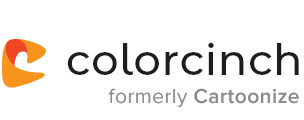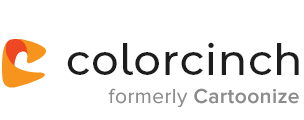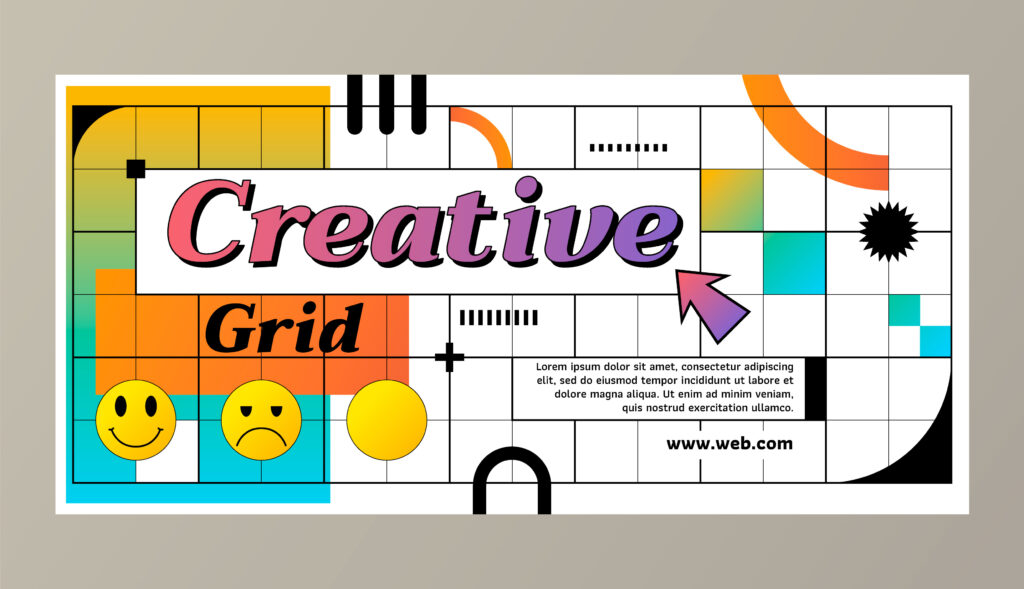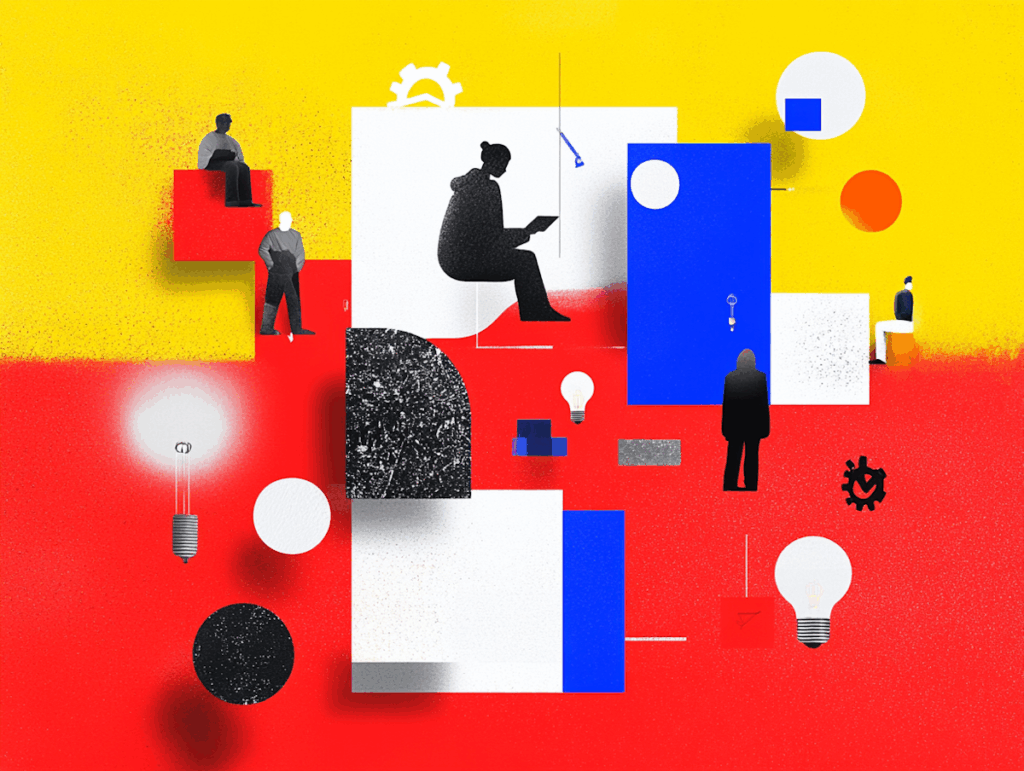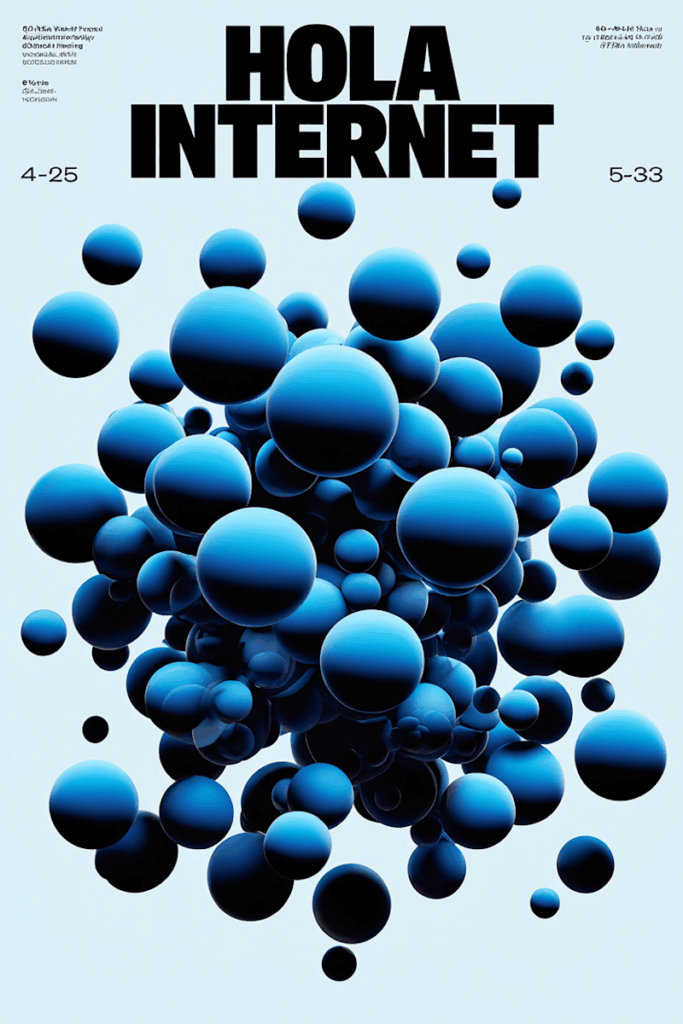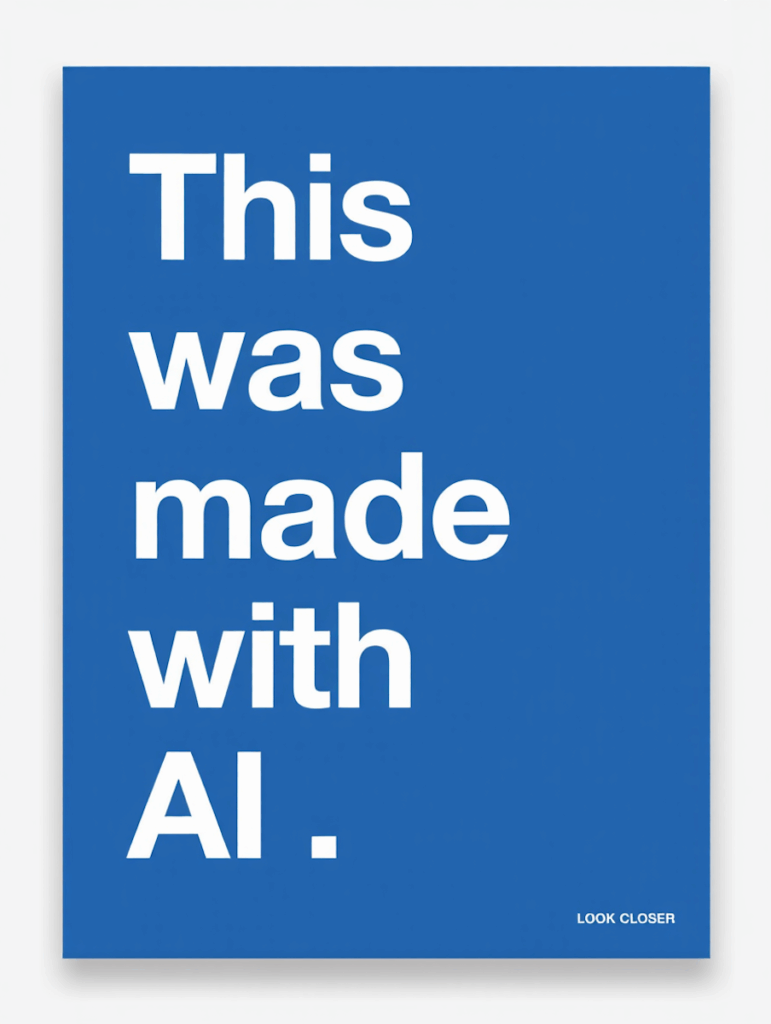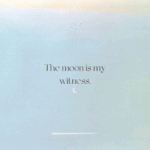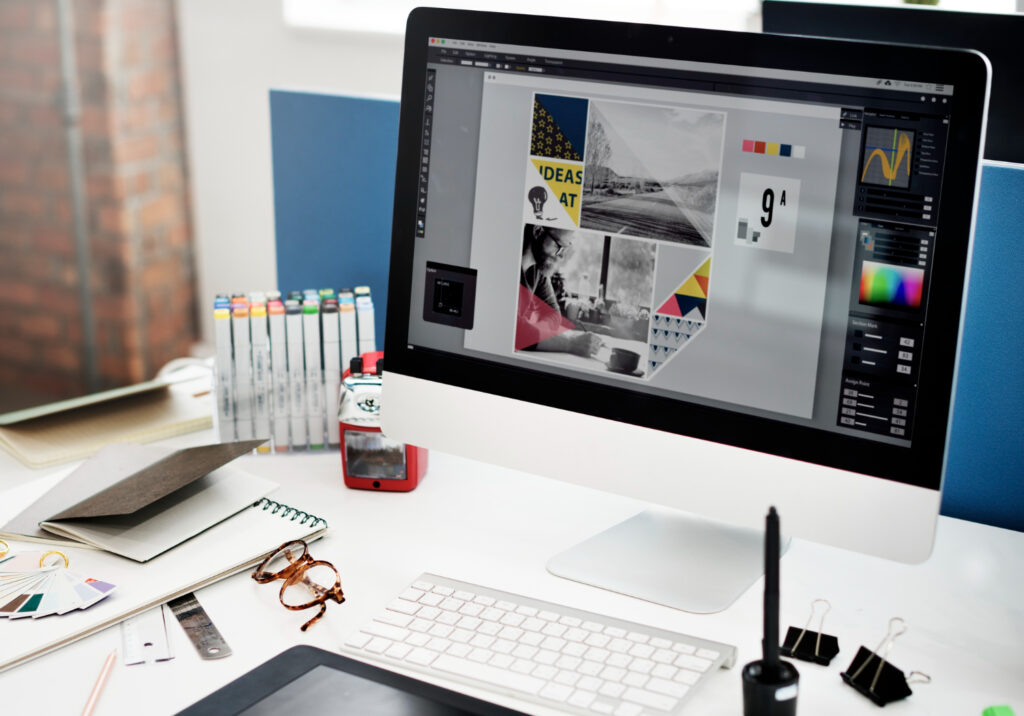
Graphic design is going through one of the biggest changes ever, and AI is at the forefront. What used to take weeks or days now takes hours, even minutes. Need a logo? AI can produce dozens in seconds. Create an entire campaign? It can draft, produce, and edit at any time.
Interestingly, the market for AI design tools is projected to grow from $5.54 billion in 2024 to $15.06 billion by 2029. It illustrates its significant growth and rapid expansion.
But AI isn’t replacing designers. In 2025, it’s becoming their creative partner. It can handle repetitive tasks so humans can focus on storytelling, strategy, and emotional impact.
For creatives and brands alike, the real question isn’t if AI will shape design, it’s how to make it your superpower.
Graphic Design in 2025: How AI Is Changing Roles and Creative Processes
In 2025, AI had moved beyond being a novelty or a robot. It’s a part of the design environment today because it influences every stage of the process. Here’s how:
1. Speeding Up Ideation and Conceptualization
Graphic designers spend hours conceptualizing a visual for a campaign. Now, AI tools like Midjourney, Adobe Firefly, and DALL·E can come up with dozens of ideas in seconds from a short text prompt.
Instead of starting with a blank page, creatives can start with a library of AI-generated inspiration and iterate to develop the best ideas.
Imagine a designer creating a festival poster by simply specifying the mood as “vibrant, retro-futuristic, neon typography.” They already have a few dramatic visual directions, each ready to be tailored and developed. That kind of speed and range is changing how creative projects come together.
2. Automating Repetitive Design Tasks
Resizing social images, color grading batches of photos, or exporting images in multiple formats all used to take hours. Now these low-value tasks are being automated with AI tools, and designers have more time to think about strategy, storytelling, and problem-solving.
Tools like Canva’s “Magic Resize” or Photoshop’s “Generative Fill” turn what used to be grunt work into a snap, almost unconscious process. This shift allows professionals to focus more on creativity and strategy while following important SEO rules for graphic designers.
3. Encouraging Collaboration Between Humans and Machines
Rather than replacing human imagination, AI is emerging as an assistant that works alongside humans. The majority of designers in 2025 refer to AI as their “creative intern”, brilliant at creating options, but still needing human input for refinements.
This collaboration is generating quicker iteration, more experimentation, and an expanded creative canvas.
4. Spreading Design’s Reach
AI democratized design so non-designers can create professional-quality visuals without spending years on training. With Microsoft Designer, Looka, and even platforms like FlexClip, small business owners, marketers, and content creators can create compelling assets. This cuts costs and fills the gap in accessibility.
But even with this software, the principles and elements of design should still be known. These timeless principles ensure that images are pleasing to look at and effective as a way of communicating the intended meaning.
It has compelled professional designers to seek more valuable tasks, brand strategy, high-end motion graphics, and creative direction, while routine design work is mechanized.
5. Personalizing Designs at Scale
One of the largest breakthroughs of AI is its real-time capability to personalize designs for different audiences, platforms, and contexts. One campaign image can be converted into hundreds of customized versions, modifying colors, imagery, or messaging, according to the target audience’s choice.
This kind of personalization, previously impossible, now allows brands to engage customers on a much more relevant and compelling level.
Graphic Design Trends to Watch in 2025
The AI revolution isn’t just transforming tools. It’s redesigning the look and feel of design in 2025 altogether. Here are a few trends to watch in 2025:
1. AI-Augmented Personalization
Personalization in 2025 goes well beyond editing a customer’s name into an email banner. AI can now generate marketing graphics, ad creatives, and site layouts tailored to personal preference, location, and even browser history.
For example, an e-commerce brand can generate customized product images. This is done with different colors, backgrounds, and styles, based on a shopper’s past purchases and design tastes. In the same way, businesses increasingly use interactive product demos to personalize how potential customers explore features most relevant to them.
2. Generative Branding
Conventional static brand elements are giving way to AI-generated ones that change dynamically. Logos, color palettes, and even typography can shift in small ways based on context, like a sportswear brand’s logo transforming into a festival-style one for an event campaign.
This flexibility maintains branding as new without sacrificing the fundamental distinctiveness.
3. Hyper-Realistic and 3D Design
Artificial intelligence software is enabling hyper-realistic and detailed 3D illustrations without the requirement for massive production budgets. This is transforming product mockups, architecture visualization, and virtual event design.
In gaming and interactive experiences, AI-enabled design now generates whole environments in a matter of hours, adding cinematic-quality visuals to productions that were previously cost-prohibitive.
4. Motion and Micro-Animations
Motion effects are now ubiquitous in the modern digital ecosystem. Thanks to AI, by using minimal code, the buttons pulse with hover and images rotate.
These micro-interactions, fueled by AI-enabled tools like Runway and LottieFiles, facilitate user interaction and bring interfaces alive.
5. Ethical Design and Transparency of AI
With computer-generated images becoming ever more indistinguishable from human-made content, transparency becomes a priority. The majority of businesses today disclose whether a campaign or image was AI-aided, and ethical guidelines are being implemented to prevent bias, misinformation, or art style appropriation.
Make use of content humanizer tools to ensure that the content of these AI-driven designs retains a sense of authenticity and emotional connection, keeping the brand’s identity human and relatable.
Designers in 2025 will more likely need both creative skills and AI literacy to not only know how to use AI tools, but also how to use them ethically.
How AI Is Changing the Designer’s Job
Artificial intelligence in 2025 is not displacing designers but transforming the type of work they do. The focus has shifted from merely executing designs to leveraging skills AI can’t.
- Creativity and Storytelling: AI can develop several design concepts hastily, but is unable to capture the full depth of human emotion or narrative. Designers are still required to produce images with substance that evoke a connection with the audience on a more subjective level.
- Strategic Thinking: Designers are more actively involved in positioning a brand and interacting with the audience now. They are not just creating assets but also ensuring that these assets contribute to a larger business strategy.
- Curation and Judgment: Just like AI can produce sophisticated outputs, finding the proper design demands professional skill. Specific expertise is needed to review AI output, edit it, and make sure it meets brand principles and objectives.
- Technical Adaptability: The contemporary designer is equally required to be skilled in incorporating AI capabilities within their process. This encompasses applying AI for more efficient work without losing creative grip.
The greatest designers of 2025 are those who leverage AI as a collective tool. They make it easier for them to focus on high-level, creative decisions that require human experience and judgment.
Benefits of AI Graphic Design
AI is transforming the design process, offering advantages that go far beyond being merely convenient.
- Faster Turnaround Times: What would have taken weeks previously can now be achieved in hours or days. AI can produce many design ideas at once, so users can go from idea to execution faster than ever.
- Cost-Effectiveness: Repetitive tasks and workflows are automated. Therefore, you can create more content without spending more money. This is valuable for small businesses and startups with limited budgets.
- Limitless Creative Discovery: Experimentation is easy with AI. Designers can try dozens of color palettes, layouts, and styles without spending hours redoing by hand. This opens up to more innovative ideas.
- Global Accessibility: Democratization of design means anyone can create professional-grade visuals, no matter their training. AI brings design skills to more people.
- Data-Driven Creativity: AI doesn’t just make things look good. It makes them work better. Through user engagement with imagery, AI can suggest design changes that drive more engagement, conversion, and brand connection.
In short, AI is amplifying creativity. It frees up designers from tedious tasks and allows them to do more creative and impactful work.
Challenges and Considerations
While AI offers several advantages, it is not without drawbacks:
- Originality Concerns – The ease of AI production raises originality and plagiarism issues.
- Dilution of Skills – Upcoming designers are at risk of depending too much on AI without forming foundational design concepts.
- Ethical Concerns – Misuse of AI imagery, from deepfakes to distorted images far from reality, can undermine brand trust.
- Risk of Failure – AI-dependent workflows can break down if the tools fail or become unavailable.
Due to these reasons, companies and visionary designers alike are adopting a “human + AI” approach. In this strategy, ethics and creativity dictate how to apply the technology.
AI Is Your New Creative Partner
AI is the start of unprecedented creativity. In 2025, graphic design is faster, more interactive, and more accessible. Designers who use AI as a tool can produce work at lightning speed but still add the human insight and narrative that machines can’t.
The future of design is not human or AI. It will be human with AI. The question now for creatives is not whether AI will revolutionize the business, but how much they’ll leverage its potential.
About Guest Author:
Joy D’Cruz is a content marketing specialist currently working with SaSHunt. Joy has a keen interest in researching topics related to B2B and SaaS. He has created copy for a wide range of marketing and business topics, including social media, email marketing, and career development.
